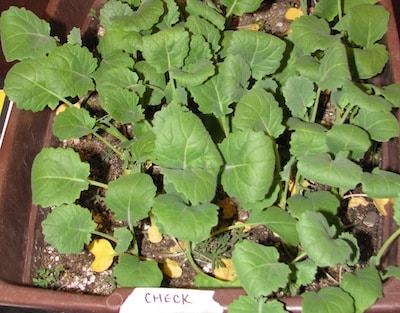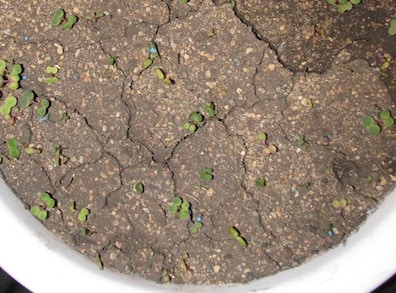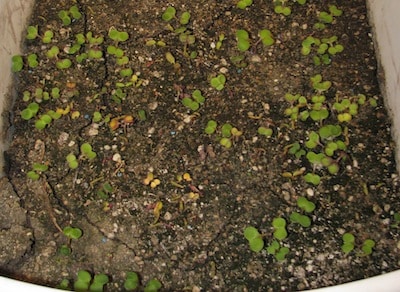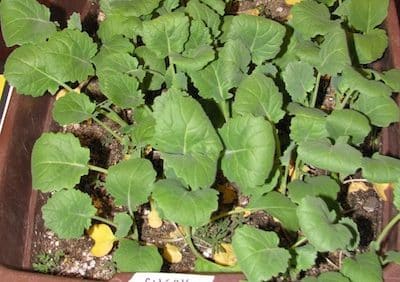A dry summer and fall in certain areas of the Prairies created a high risk situation for herbicide carryover this spring. High spring moisture from increased snow fall will not help much because microbial activity does not occur, no matter the soil moisture level, until soil temperatures are 5°C and then only increase marginally until soils are warm. If little precipitation was received from the time of application until September, residues may still be present at damaging levels in late May and early June.
To see which fields are at risk, look at herbicide records from 2012 and check label restrictions for recropping after residual herbicides. High risk fields planned for canola could be seeded to a Clearfield variety if the residual herbicide is known to be Group 2. Growers may have to accept the risk or switch from canola if residue is from another group. Labs that test soil for herbicide residue.
Other risk factors: Applying residual products late in the season, at higher rates or repeatedly over time can increase the carryover risk. Soils with higher organic matter are at reduced risk of herbicide carryover because they tend to have more microbial activity and more moisture. Soil pH is also a factor, depending on the herbicide: certain Group 2 sulfonylureas and certain Group 5 herbicides breakdown slower in high pH (alkali) soils and Group 2 IMIs break down slower in low pH (acidic) soils.



